Flying VFR vs Flying IFR: Understanding the Difference
Throughout your pilot training research, you may have come across a couple of flying acronyms, VFR and IFR, but what do they mean? In the simplest terms, VFR and IFR are the two main types of flying rules with VFR standing for Visual Flight Rules and IFR standing for Instrument Flight Rules. As with anything in aviation, there are many nuances when it comes to the regulations of flight but at a high level, the weather is what has created these different operating rules.
VFR: Visual Flight Rules
To fly under VFR, or Visual Flight Rules, means that VMC (Visual Meteorological Conditions) need to be had at all times. This means that pilots must not fly through clouds or adverse weather and must maintain a minimum horizontal visibility as well. Safe distances must be met and most of the time need to be able to see the ground or other visual reference markers during flight. This is because a pilot is always responsible for seeing and avoiding other aircraft. One of the benefits of VFR is that a pilot is allowed to choose their own flight path which is typically a straight line from point A to B. VFR is generally used with smaller planes that are flying at low altitudes which is most general aviation flying and flight training missions. Because a pilot is not relying on instruments, their options are limited, and they do have more restrictions when flying.
IFR: Instrument Flight Rules
Flying under Instrument Flight Rules, or IFR, allows pilots to fly in zero visibility conditions since they are relying on their instruments for flight. Because of this, the entire system has to be amended from VFR flying. At its core, the fundamental difference is that Air Traffic Control (ATC) must assume more responsibility for the safety of IFR flights. It also means that specialized procedures are developed for all IFR aircraft to follow using radio navigation. The IFR system has departure procedures, airways for enroute procedures, and arrival/approach procedures. These procedures are all published, and ATC will provide clearances to IFR aircraft to control the routing and altitudes they follow. IFR flight is usually within controlled airspace and does require pilots to file a flight plan ahead of time. Because of this and the constant communication with ATC, routing isn’t always at the pilot’s discretion but there are many benefits to flying an IFR flight plan. IFR flight actually provides efficiency and additionally safety due to the constant communication with ATC. Many aircraft operate under IFR due to these efficiency and safety measures even though they are actually in VMC. It’s important to note that just because you can fly in the clouds or bad weather, doesn’t mean you should. So, even if you are planning an IFR route, keep your route out of weather that can adversely affect the safety of flight. In fact, IFR flying requires pilots to have an even greater understanding the weather to ensure that the operations will be safe.

